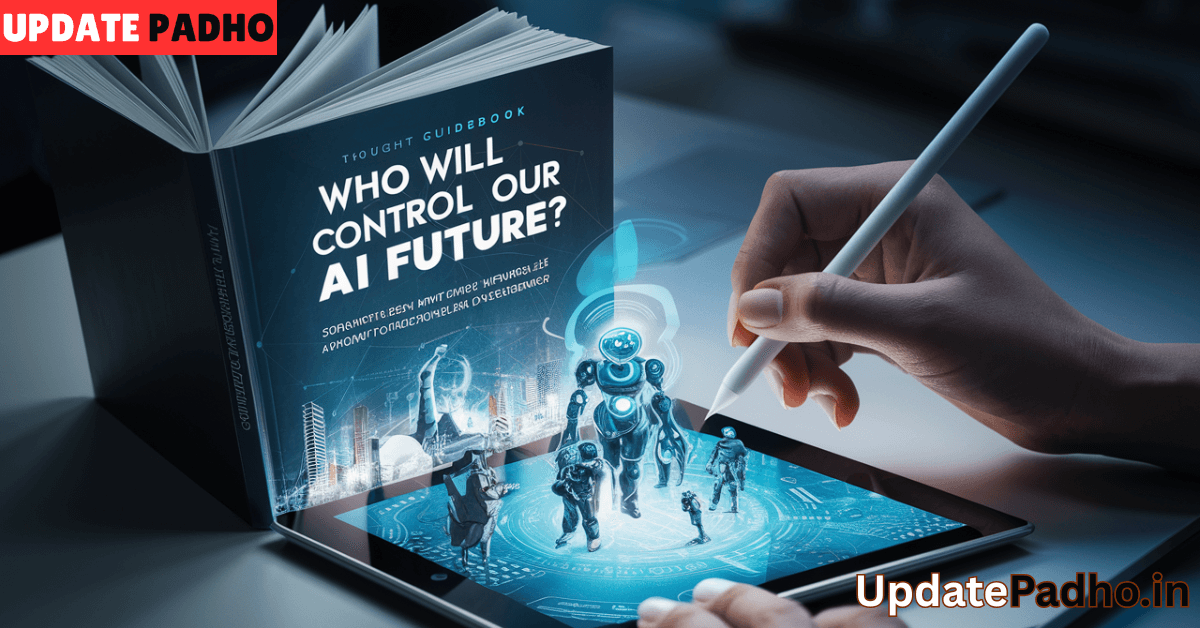Artificial Intelligence (AI) is no longer a futuristic concept—it’s the backbone of today’s digital transformation, reshaping industries and redefining how we live, work, and connect. In 2025, AI has leapt beyond incremental improvements and is now delivering breakthroughs that once seemed confined to science fiction.
Let’s explore some of the most transformative AI innovations shaping the world this year.
1. Multimodal AI Goes Mainstream
The rise of multimodal AI—systems that understand and generate across text, image, audio, and video—has revolutionized communication, creativity, and accessibility. Tools like OpenAI’s GPT-4o and Google’s Gemini are setting new standards by allowing users to interact naturally through voice, visuals, and gestures.
Impact:
- Creative professionals can generate entire multimedia campaigns in minutes.
- Educators deliver immersive, interactive lessons.
- Customer support is becoming more intuitive with real-time, voice-and-image-enabled agents.
2. Personal AI Assistants Are Actually Useful
Forget the clunky chatbots of the past. In 2025, AI assistants are becoming truly personalized and proactive. These assistants learn your routines, anticipate your needs, and can handle complex tasks like planning travel, managing finances, or even scheduling team projects.
Game-changer:
AI copilots in productivity tools (e.g., Microsoft 365 Copilot, Notion AI) are boosting efficiency by generating content, summarizing meetings, and automating administrative tasks—freeing up human creativity.
3. AI in Healthcare: Diagnosis, Discovery, and Beyond
From AI-assisted surgeries to drug discovery, healthcare is experiencing a seismic shift. 2025 has seen the widespread deployment of AI tools that can analyze medical images faster and more accurately than humans, as well as personalized treatment recommendations based on genetic data.
Highlights:
- AI-driven protein folding tools (e.g., AlphaFold) are accelerating vaccine and drug development.
- Virtual nurses are monitoring patients remotely and detecting early signs of complications.
4. Autonomous Everything: From Cars to Code
Autonomous systems have moved from the lab to the real world. Self-driving vehicles are no longer just pilot programs; they’re operating in urban areas across several countries. Meanwhile, AI is also writing and debugging its own software, making development faster and more reliable.
Key trends:
- AI-powered robotics are being used in warehouses, farming, and even construction.
- AI agents are collaborating with software engineers in real-time—blurring the line between human and machine coding.
5. AI-Generated Content That Doesn’t Just Fool, But Thrills
From music and movies to news articles and ad copy, AI-generated content is not only indistinguishable from human-created work—it’s often preferred. Creators are using AI as a co-author, composer, and director.
Examples:
- Entire short films written and animated with AI.
- Hyper-personalized content feeds, where every viewer gets a unique story.
6. Ethical and Transparent AI: The New Gold Standard
As AI becomes more powerful, so does the demand for responsible development. 2025 marks a turning point where ethical AI isn’t just a talking point—it’s built into regulation, frameworks, and corporate governance.
What’s changing:
- AI models now come with transparency scores and explainability layers.
- Global AI regulations (like the EU AI Act) are guiding safe development and deployment.
7. AI for Climate and Sustainability
AI is also helping us confront the planet’s biggest challenges. From modeling climate change to optimizing energy grids and reducing waste in agriculture, smart systems are supporting smarter choices.
Real-world impact:
- Predictive AI models help prepare for natural disasters.
- Smart agriculture systems adjust irrigation and fertilization in real time.
Final Thoughts
The future of AI is not just on the horizon—it’s happening now. As we continue through 2025, the challenge isn’t about whether AI can do something, but how we choose to wield its capabilities. The opportunities are vast, but so is the responsibility.



